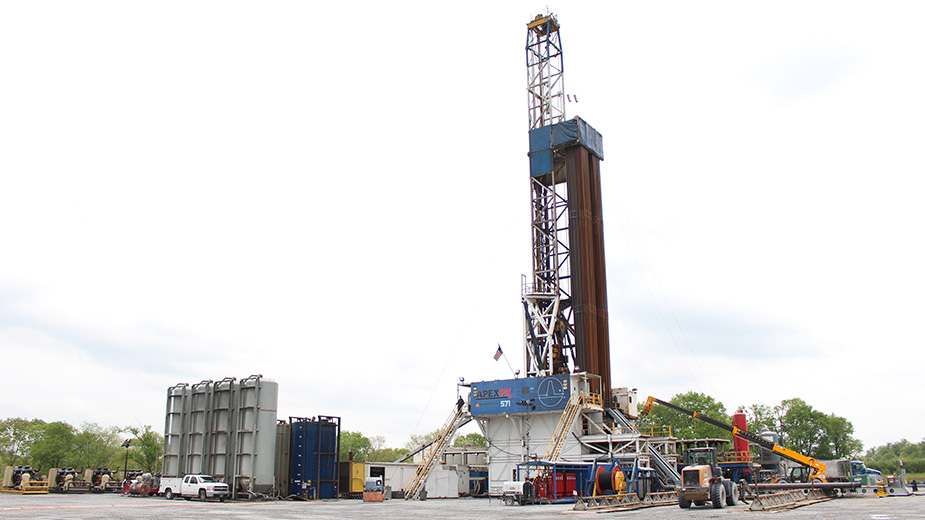Commission Upholds Suspension of Weathersfield Injection Well
NILES, Ohio – The Ohio Oil & Gas Commission has upheld an order the state Division of Oil and Gas Resources Management issued last year to suspend operations at an injection well operated by American Water Management Services LLC.
In September 2014, the Ohio Department of Natural Resources’ Oil and Gas Division Chief Richard Simmers ordered the shut down of the deeper of the two wells the company drilled along state Route 169 in Weathersfield Township after small earthquakes were monitored at the site.
A second shallower well at the site was allowed to continue its operations because no evidence exists that it might have caused any tremors.
“The commission finds that the suspension of injection operations at the AWMS # 2 well is appropriate under the facts of this specific case,” the findings say.
However, the commission emphasized that the division chief has not revoked American Water’s permit, but instead imposed a “temporary suspension of injection operations.”
American Water filed a motion to stay the order in November. But Wednesday the commission ruled on the merits of the entire case, saying that the division chief acted appropriately and within the law when he ordered the well shut down.
A phone call seeking comment from American Water was not returned.
Ohio has more than 200 operating injection wells across the state. These wells store wastewater from industrial processes by injecting contaminated fluids deep into the earth. Hydraulic fracturing, a process used by the oil and gas industry to break apart tight rock formations in the earth, produces contaminated wastewater that is disposed of in deep injection wells.
The commission’s report found that the AWMS #2 injection well was drilled to a depth of 8,502 feet and monitored by seismic detectors that American Water installed near the well site. In July 2014, these seismic monitors detected a small tremor that registered 1.7 on the Richter scale. On Aug. 31, another tremor was recorded at a level of 2.1 on the Richter scale.
Although these were small quakes, the oil and gas division was troubled by the upward trend in magnitude of the tremors that it says were likely caused by the injection well, the commission noted.
In 2011, the Mahoning Valley was rocked by a series of earthquakes — one a 4.0 magnitude quake registered on New Year’s Eve – that were traced to D&L Energy’s Northstar #1 injection well in Youngstown.
The state proceeded to shut down all injection well operations within a five-mile radius of that site.
After considering testimony and other evidence presented, the commission found no wrongdoing on the part of American Water Management. “Evidence adduced at hearing did not establish that AWMS ever operated the AWMS#2 well in violation of the terms and conditions of its injection permit,” nor was the company in violation of the law, the report concluded.
The company had earlier presented a plan to the oil and gas division that calls for the resumption of activity at the site but at reduced injection levels. That plan was rejected.
American Water also provided testimony of an injection well operation near Marietta that was linked to seismic activity but continued to operate once modifications were made. The company argued that similar adjustments could be made at the Weathersfield site so it could reopen and operate safely.
However, the Oil and Gas Division isn’t likely to lift the suspension anytime soon.
According to the commission, Simmers said that he would not allow the Weathersfield well to resume accepting wastewater until the state has a policy in place on injection-induced seismicity.
Much of that depends on a national working group that is expected to make recommendations in September. These recommendations would guide a state plan, but there’s no timetable as to when a state plan would be developed, according to the commission’s report.
Simmers testified that “he believes that injections at the AWMS #2 well should be temporarily ceased until further investigation and evaluation is completed and until the state of Ohio has put in place a regulatory program addressing injection-induced seismicity,” the commission’s findings said.
Copyright 2024 The Business Journal, Youngstown, Ohio.


